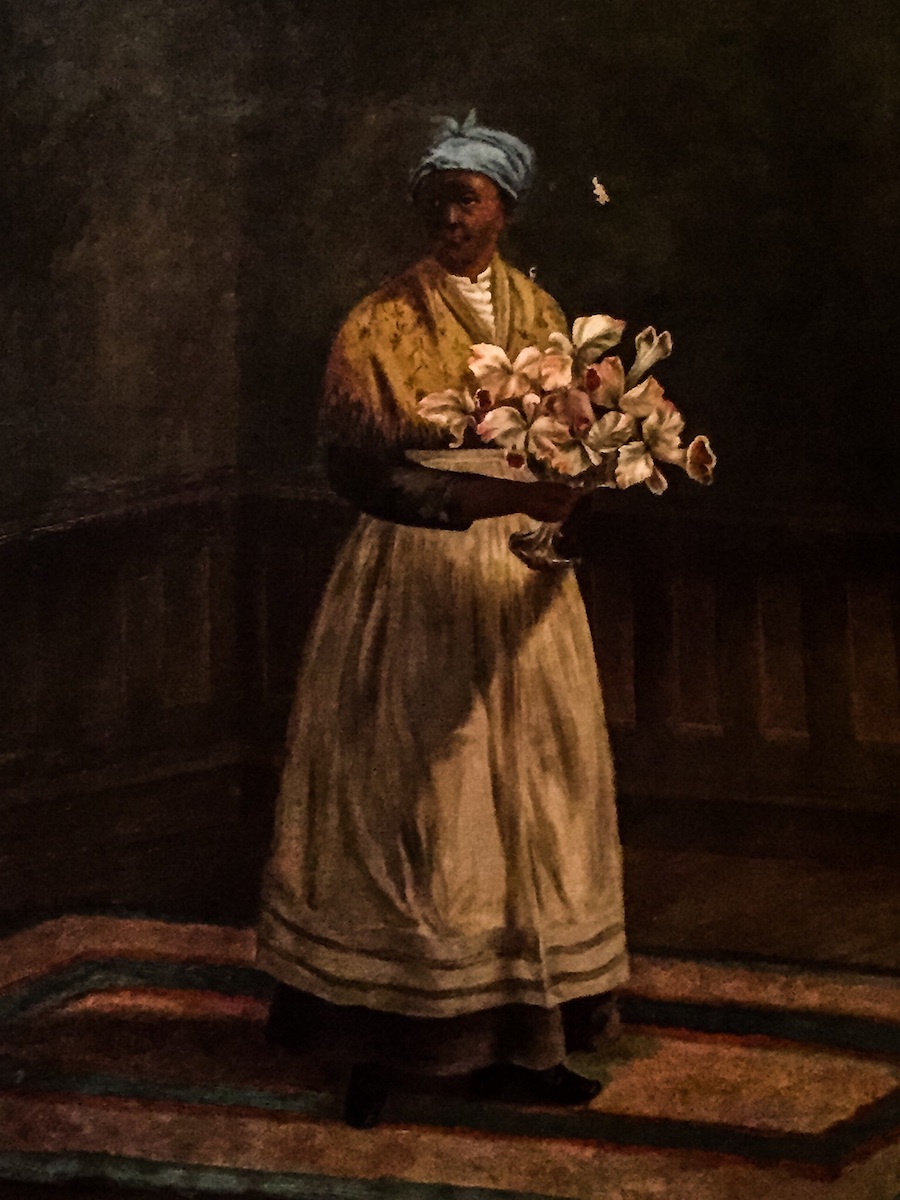What comes to mind when you hear the words “Black excellence?” In a general sense, Black excellence can present itself in a multitude of ways: home ownership, luxurious vacations, and professional or academic achievements. Each interpretation is valid and each of these experiences are enjoyed by Black people. Black excellence is often discussed in relation to Black exceptionalism. This refers to the idea that Black people who appear poised and educated are abnormalities. Black exceptionalism holds certain stereotypes about Black people as true, and considers those who are not in the mold to be exceptions to the rule. This couldn’t be further from the truth.
For some, “excellence” of any kind is attributed to wealth or material gain, but that isn’t the sentiment when it comes to Black excellence. Black excellence is grounded in the liberation and awareness of Black communities. I had the privilege of being in conversation with Beverly Stanton McKenna, a New Orleans transplant who has spent more than a decade teaching Black history and, more specifically, the legacies of free people of color as cofounder of Le Musée de f.p.c. We discussed all things Black, including Black excellence and free people of colour, Black pride, as well as how we can preserve Black history for future generations. Mrs. McKenna shares with dignity and historical accuracy the legacy of free peoples of color, allowing visitors leave the museum with greater awareness of Black history and more intention about the Black experience.
A Legacy that Honors a Legacy
Mrs. McKenna is a journalist, publisher, former communications professional, and cofounder of Le Musée de Free People of Color (f.p.c.) New Orleans. Mrs. McKenna grew up in “Inhio” (her combination of Indiana and Ohio), graduated from Tennessee State University (one of four Historically Black Colleges and Universities in Nashville), and moved to New Orleans with her husband, Dr. Dwight McKenna, who is a NOLA native. The McKennas got the idea for Le Musée in 2005 when all their personally collected art pieces and artifacts were left unscathed after Hurricane Katrina. Each piece was either painted or depicted by Black people. They took it as a sign that their collection had greater purposes. Le Musée opened in 2010 to honor the legacy of people of African descent who gained their freedom before the Civil War—known as free people of color.
Mrs. McKenna grew up in the midst of segregation and witnessed discrimination and bigotry firsthand. She was fired from a retail job in high school after the manager realized she was Black. As a journalism student, she was denied an internship at a newspaper as there had never been one before. Mrs. McKenna’s personal challenges motivated her to tell the stories of Black people throughout history who have excelled in spite of systemic hurdles. She used her professional background in journalism and storytelling to create Le Musée de f.p.c., one of her most impactful stories yet.
When visiting Le Musée, you’ll learn that formerly enslaved people had four main pathways to freedom, two of which included paying for freedom or being declared “free” by their owners. After they were freed from slavery, the Black experience was broken down, with some people becoming indentured servants and others achieving financial success. No matter what differences there were, freedom was the commonality. New Orleans was once home of the largest number of free Black residents. It is the perfect place to honor these people. From the outside, Le Musée looks like a beautiful, traditional New Orleans-style home, but on the inside, each room is bursting with photos, writings, and handmade pieces that tell the stories of free people of color from the 19th century. Even the furniture is inspired by the furniture that was popular in the homes at that time for free people of color.
As a historian and storyteller, Mrs. McKenna makes it a point to explain that “freedom” for Black people hasn’t—and still doesn’t—look like freedom for non-POC communities. Black freedom is often hampered by intentional limitations. One example is the efforts to suppress and subdue Black communities’ education so that they can excel in their chosen fields. At Le Musée, there are no limitations—just pride, hope, and unapologetic Blackness.

Education as a Resistance Method
Education is an essential component of Black excellence. It has always been a key tool in the arsenal of resistance. Education doesn’t necessarily have to mean formal or higher education as we tend to think of it, though. Education can look like visiting museums like Le Musée de f.p.c., doing online or library research, or listening to podcasts and watching YouTube videos. For Black communities, education is discouraged because it leads to greater awareness.
Enslaved persons were prohibited from reading or writing in many U.S. States during the 19th century. Anti-literacy laws were prohibitive as literature was the main means of teaching and communicating information at the time. Abolitionists used newspapers and journals to spread anti-slavery ideas. Enslaved people could access these ideas by threatening the institution of slavery. Ironically, Black Americans were denied the right to vote years later because of their inability read and write. Literacy tests blocked Black Americans from voting by denying voter registration to those who couldn’t answer certain questions or read and transcribe documents like the U.S. Constitution—requirements that literacy test implementers could barely meet themselves.
Despite the deliberate attempts to suppress Black education and excellence, Black communities always found ways to learn, establishing education to be one of the greatest forms resistance. The first Historically Black College and University was established in 1837 to provide Black students with a sacred and dedicated place to learn, free from the prejudices, discrimination and limitations of non-Black learning institutions. At that time, Black Americans weren’t even allowed to enroll in all-white colleges, so HBCUs were their only option. The spread of HBCUs, and the opening of Black schools in the South, made it possible for Black Americans to increase their literacy rates by 50%. Black communities are constantly reclaiming and redefining education, and that is exemplified through formal learning at HBCUs and informal lessons like those taught at the McKennas’ Le Musée de f.p.c.

Black Excellence Through Collective Action
Black excellence has been a difficult pursuit. Black education, awareness, excellence and excellence are still under attack. The spring 2022 academic year began with bomb threats targeting various HBCUs. Schools were forced to cancel classes until the threats were resolved. It’s no secret that in creating a legacy of excellence, Black people face significant obstacles and are still expected to perform better than our white counterparts. I regularly think about Olivia Pope’s father in the hit show Scandal reminding her that we have to be “twice as good to get half of what they have.” Black communities face an uphill battle in creating legacies of excellence, but it’s a challenge that we continue to overcome.
Creating opportunities for Black excellence and sharing Black excellence stories shouldn’t be reserved for Black communities only. Although there is a certain level of pride and understanding that comes along with being Black that makes our stories even more beautiful, eliminating racism obstacles requires everyone to be aware. Non-POC communities played the antagonist role for Black people for centuries. There’s never been a better time for white people to consciously dismantle the discriminatory systems they created and hold space for Black excellence instead of restricting it.
Le Musée de f.p.c. It is a beautiful example of education that is both informative and inclusive. People from every walk of life, background, age, and ethnicity can learn something at Le Musée, and the key to Black excellence is educating as many people as possible. I challenge you to learn as much as you can about Black legacies, not only during Black History Month, but throughout the year. Here are some ideas:
- When vacationing in new cities, purchase tickets to African American history or art museums like Le Musée de f.p.c. Blackness touches every place in the globe, which is a beautiful aspect of it. You just need to find it!
- Find out about the legacies of historically Black communities in your area. The entire world has Black history, and legacies. You can learn more about these histories and legacies right in your backyard.
- As often as possible, support Black-owned businesses. Similar to educational limits, Black communities faced significant burdens when trying secure their own businesses. While materialism isn’t the goal of Black excellence, it can be a means to the end. Here is a list of Black-owned businesses—ranging from beauty, home decor, and food and drink—that you can support right now.
The next time you’re in New Orleans, or if you live in the city and haven’t yet been, be sure to add Le Musée de f.p.c. You can add Le Musee de F.P.C. to your stay-cation or vacation bucket list. The museum offers guided tours by appointment only on Fridays or Saturdays. You can buy tickets here.

Source: The Every Girl

